How we test mattresses at Ideal Home – assessing comfort, motion isolation, and much more
Our in-house mattress review process puts bestselling and newly launched mattresses through their paces to find our tried-and-tested favourites – here's how...

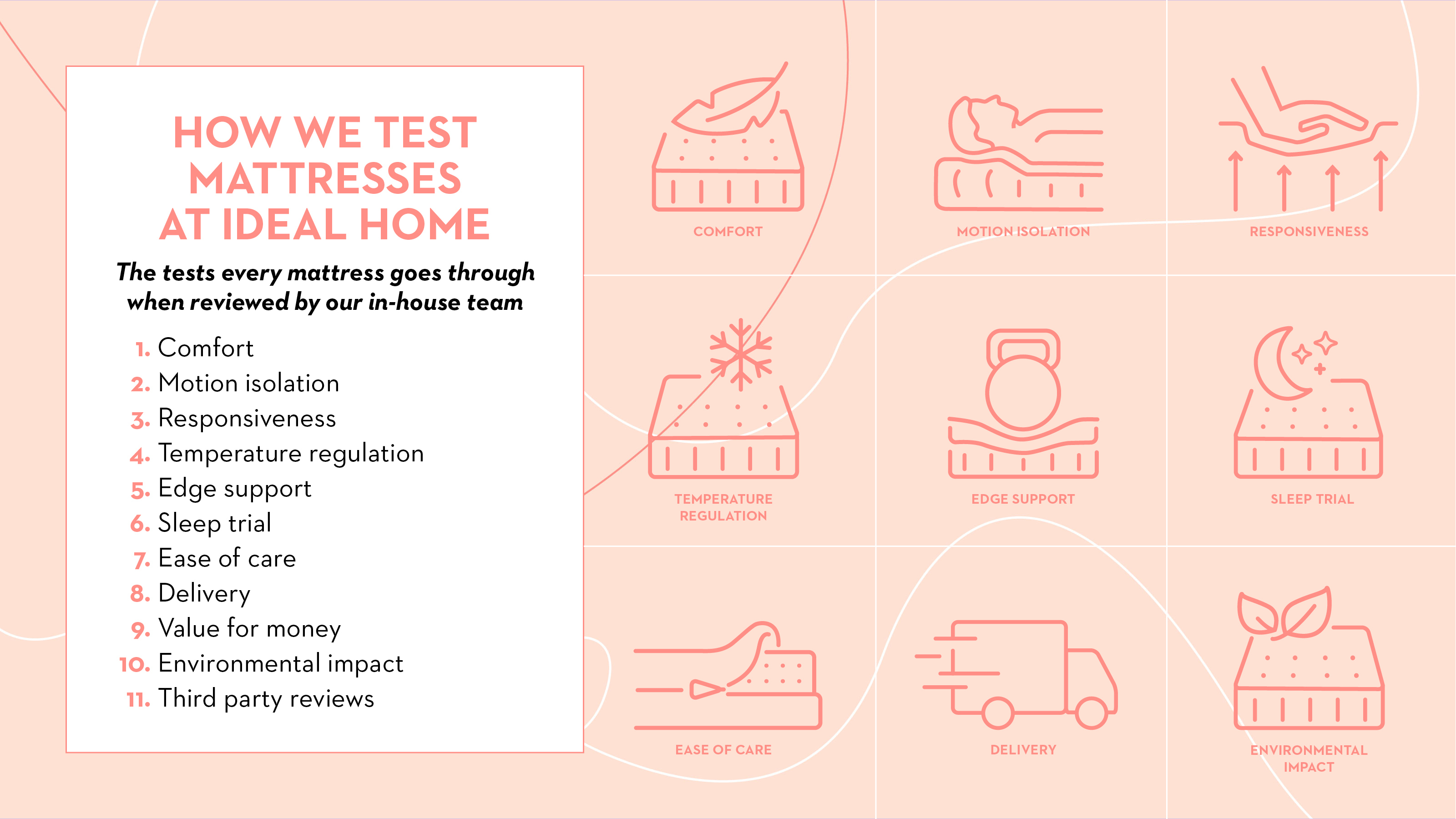
Wondering how we test mattresses at Ideal Home? As Ideal Home's Sleep Editor and resident mattress testing expert, I'm here to explain all.
To compile Ideal Home's guide to the best mattress you can shop, my team of mattress reviewers and I regularly test mattresses from a wide variety of brand names to find the best-in-class.
We aim to test the bestsellers within a brand's product range (after all, they're usually bestsellers for good reason) and review brand-new launches to compare innovations in the world of sleep to our tried-and-tested favourites.
We know that a mattress is a significant investment and a key factor in how well we sleep, so we try to ensure our tests demonstrate exactly how each mattress feels to sleep on to make it easier for you to assess whether it's the right choice for you.
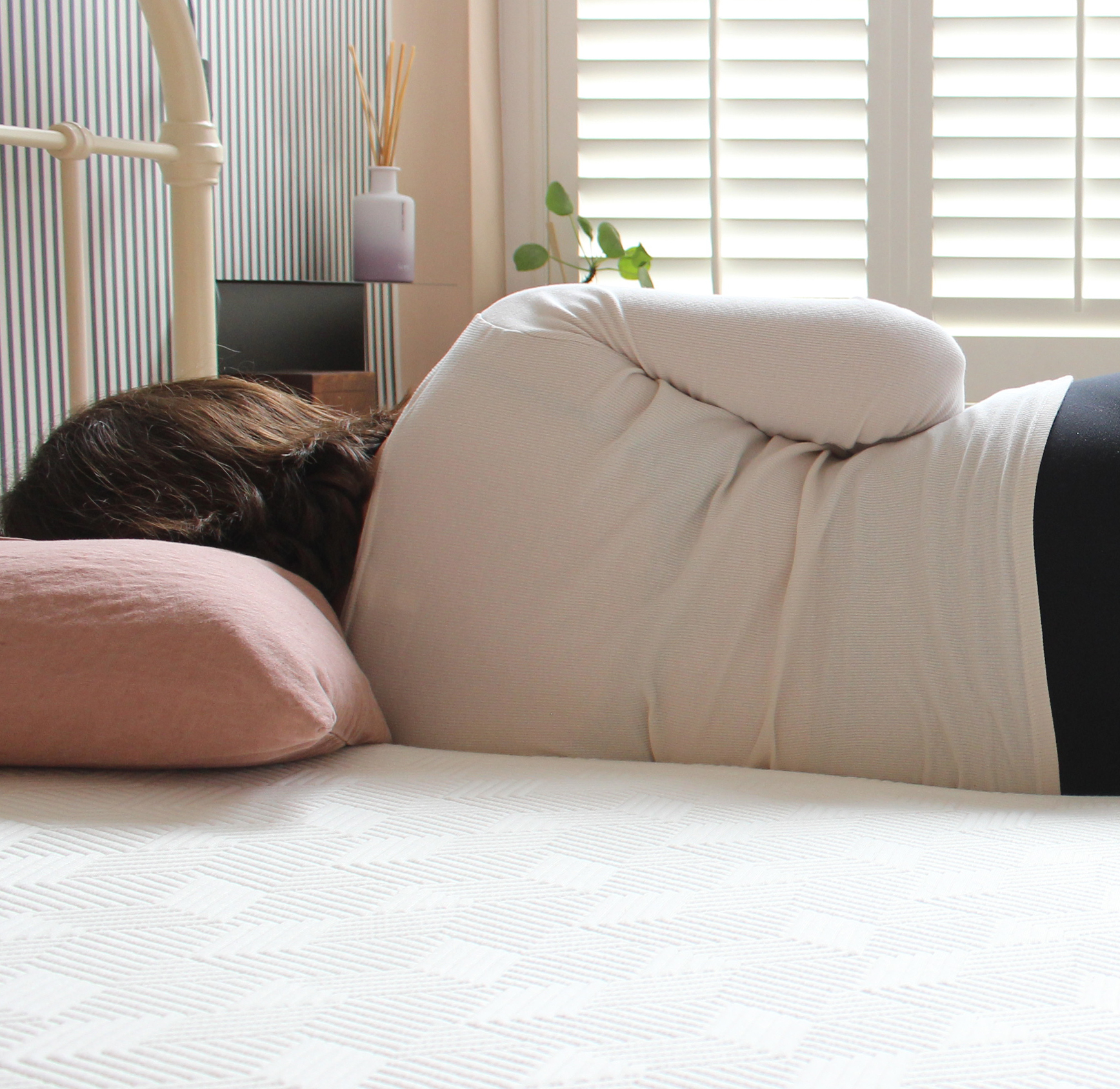
Ultimately, we think there's only one way to test out a mattress, and that's by sleeping on it. Even if you're able to test a mattress in-store, a quick lie down in a mattress showroom isn't the same thing as actually sleeping on a mattress for eight hours, night after night.
That's why our review team tests all the mattresses we review in our own homes. This way, we can form a full picture of what the mattress is like to sleep on in the long term.
Each mattress is slept on for between two and four weeks – in most cases far longer – before we write our review. This enables our reviewers to adjust to each new sleep surface and assess a mattress's performance over a prolonged time period.
How we test mattresses
In the course of our testing, we've developed extensive knowledge of what makes the best night's sleep – from comfort to temperature regulation, and motion isolation to edge support. I've broken down everything we assess during mattress testing, and how we assess it, below.



To test the comfort of the mattress, we make sure to lie in the two main sleeping positions – on our side and back – to assess the mattress's cushioning and support. In each sleeping position, we assess whether the spine can rest in good alignment.
For side sleeping, we also assess whether there's enough surface cushioning around the hip and shoulder to relieve pressure on the joints, or if this is lacking and we experience soreness, numbness, or pins and needles during the night.
Because all of us are different, and our weight and any health problems – such as back or neck pain – can all affect our mattress preferences, we also try to take this into account in our reviews. We assess if a mattress is a soft sleep surface that would suit lighter-weight sleepers or a firm surface better suited to heavier-weight sleepers.
We also enlist the help of a partner for a second opinion or invite friends and family to come and stay the night to get a range of viewpoints. After all, one person's 'too firm' can easily be another's 'just right'.

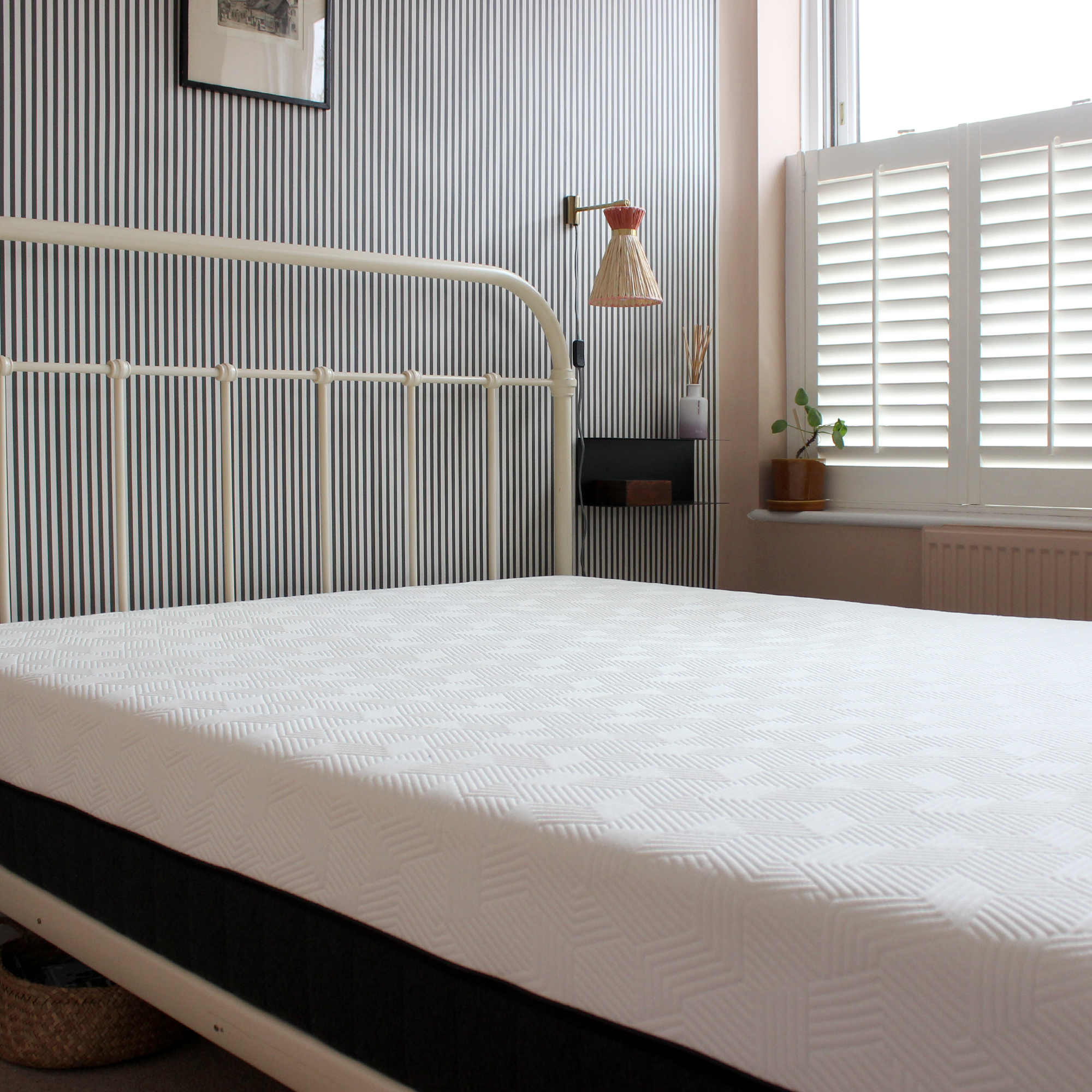
To test the motion isolation of the mattress, we lie on one side of the bed and get a testing partner to lie on the other side. We then ask our testing buddy to roll over, and generally toss and turn, to mimic a restless night's sleep.
A mattress has poor motion isolation if we can feel our testing partner's movements reverberate through the mattress onto our side. A mattress with good motion isolation means any movement is dampened, and we weren't disturbed.
We then rate each mattress out of five, with poor motion isolation scoring one and excellent motion isolation scoring five.
Poor | Okay | Good | Great | Excellent |
|---|---|---|---|---|
| Row 0 - Cell 0 | Row 0 - Cell 1 | Row 0 - Cell 2 | x | Row 0 - Cell 4 |

We assess mattress responsiveness by lying on the mattress for five minutes and then changing our sleeping position.
A mattress that lacks responsiveness – such as a soft memory foam mattress – will mould around the body and form a ‘dip’ that can make changing sleeping positions difficult. In contrast, a responsive mattress will be very easy to turn over on.
To help to demonstrate this, we perform a 'hand press' test where we press our hand into the mattress surface to see if there is an impression left behind and how long it takes the mattress surface to spring back into shape.

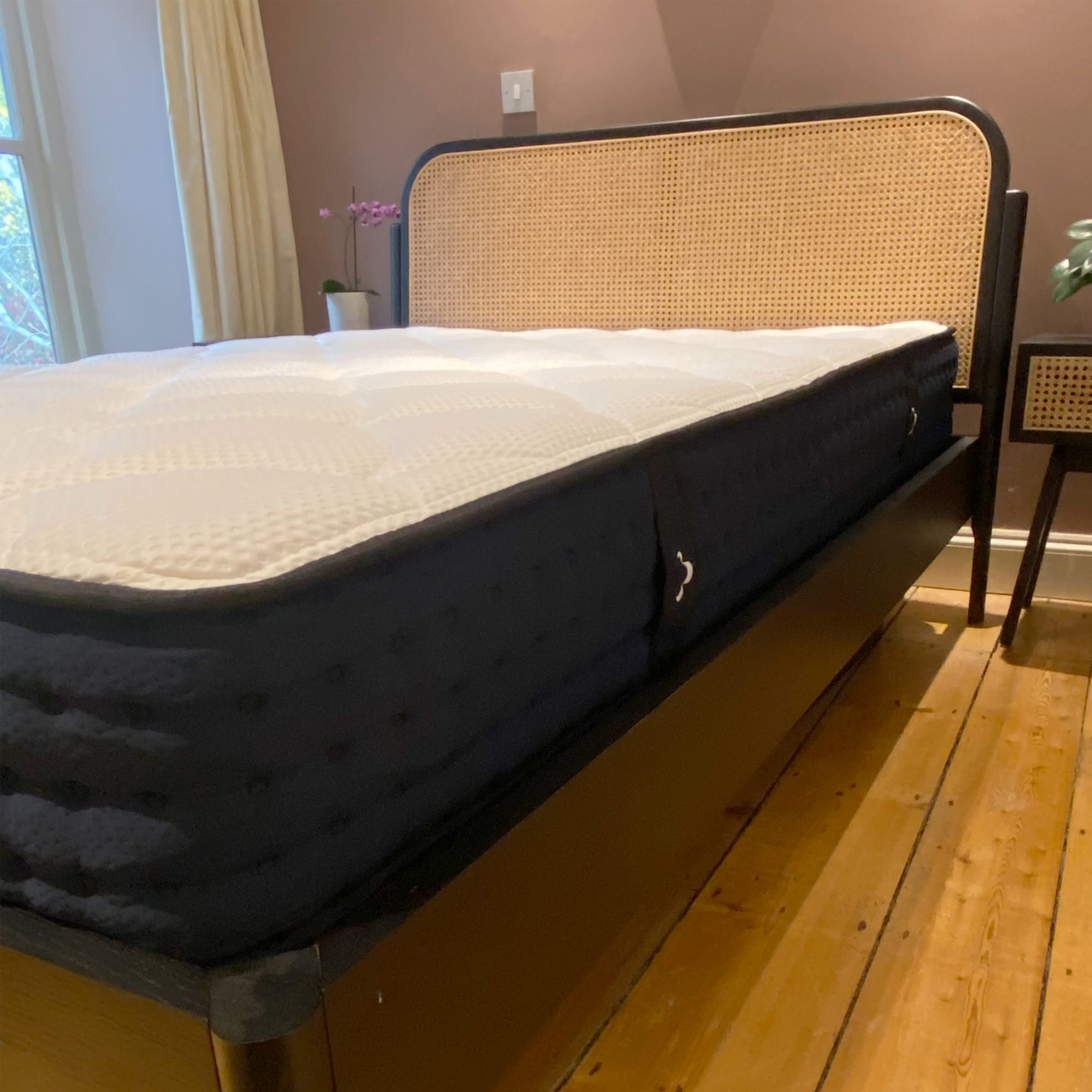

We test temperature regulation and breathability by noting if the mattress causes us to overheat during the testing period.
If possible, we try to get a range of self-diagnosed 'hot sleepers' and 'cold sleepers' to test the mattress for a range of opinions.
If a mattress feels excessively warm to the touch after we've been lying on it for the night or it causes us to wake up feeling hot and sweaty, it's deemed to lack good temperature regulation and breathability. If we remain at a steady temperature throughout the night and don't experience any overheating, we rate the mattress as offering good temperature regulation.
We ensure the rest of the bedding remains consistent throughout each test, and then rate each mattress out of five. A mattress that causes overheating will score one, whereas a mattress that provides great brathability and a cool sleep will score five.
Poor | Okay | Good | Great | Excellent |
|---|---|---|---|---|
| Row 0 - Cell 0 | Row 0 - Cell 1 | x | Row 0 - Cell 3 | Row 0 - Cell 4 |



We test edge support by both lying and sitting on the edge of the mattress to see how much it dips.
A mattress with good edge support should have an even surface tension across the entirety of the mattress and support the body even on the edge. Poor edge support means the mattress dips and there is a risk of rolling out of bed when laid on the mattress edge.
We then score each mattress out of five, with one meaning poor edge support and five meaning excellent edge support.
Poor | Okay | Good | Great | Excellent |
|---|---|---|---|---|
| Row 0 - Cell 0 | x | Row 0 - Cell 2 | Row 0 - Cell 3 | Row 0 - Cell 4 |


In addition to our five practical tests, we also evaluate each mattress based on other essential criteria, such as whether it includes a sleep trial.
A mattress sleep trial is a great benefit as it allows you to test a mattress at home and see if it suits you before you commit. After all, even if you have access to testing a mattress in-store before you buy, things like your bed base can affect how a mattress feels, and it's difficult to tell if a mattress causes you to overheat unless you spend eight hours a night on it.
We check if each mattress we test comes with a sleep trial, and tell you how long the trial period is.

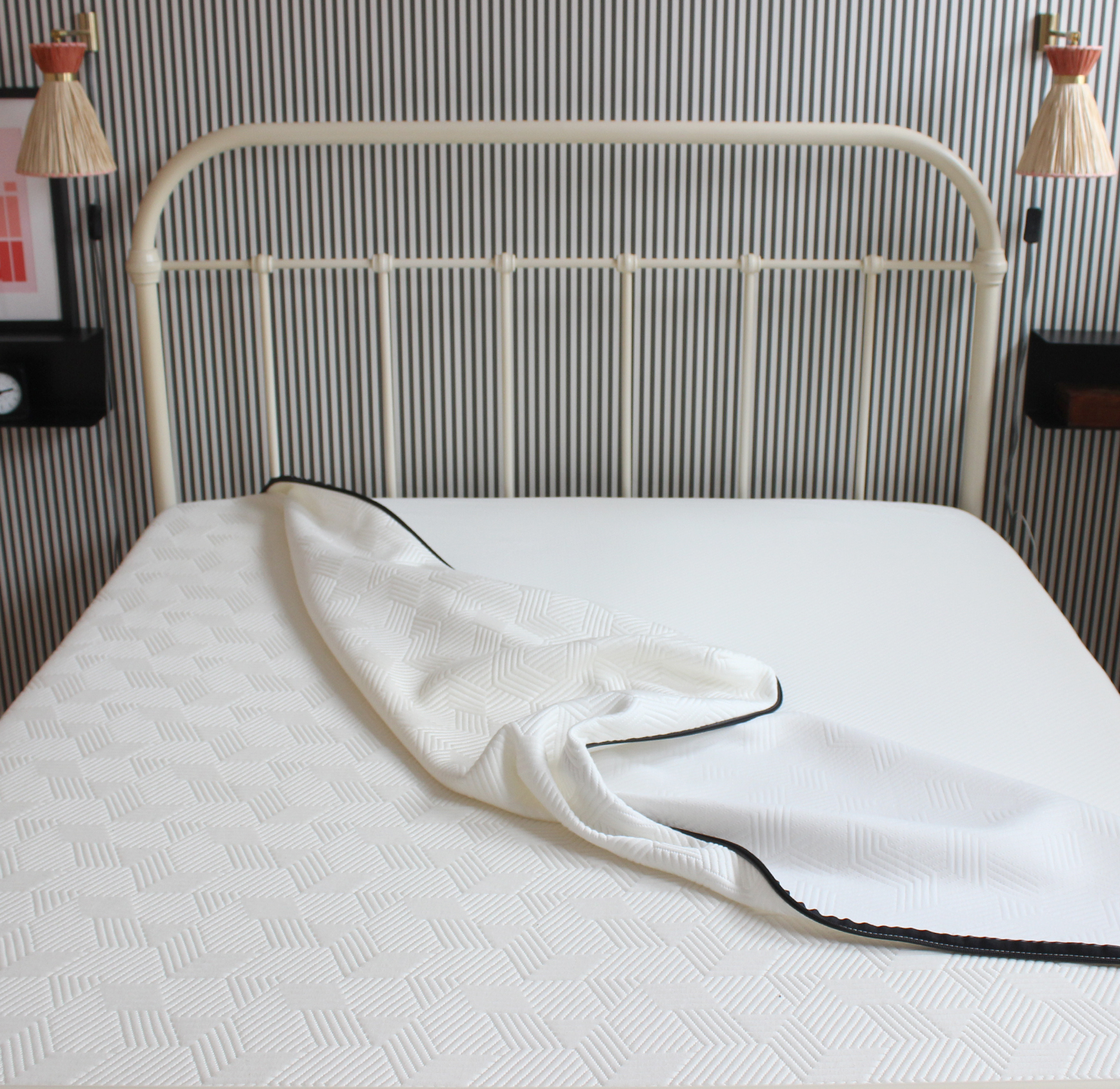
There are some things you might not realise are useful in a mattress, like side handles – which make mattress flipping or mattress rotation far easier to ensure even wear and tear – or a machine washable cover that will help with how to clean the mattress.
We note useful features like this that will help you to care for your mattress.

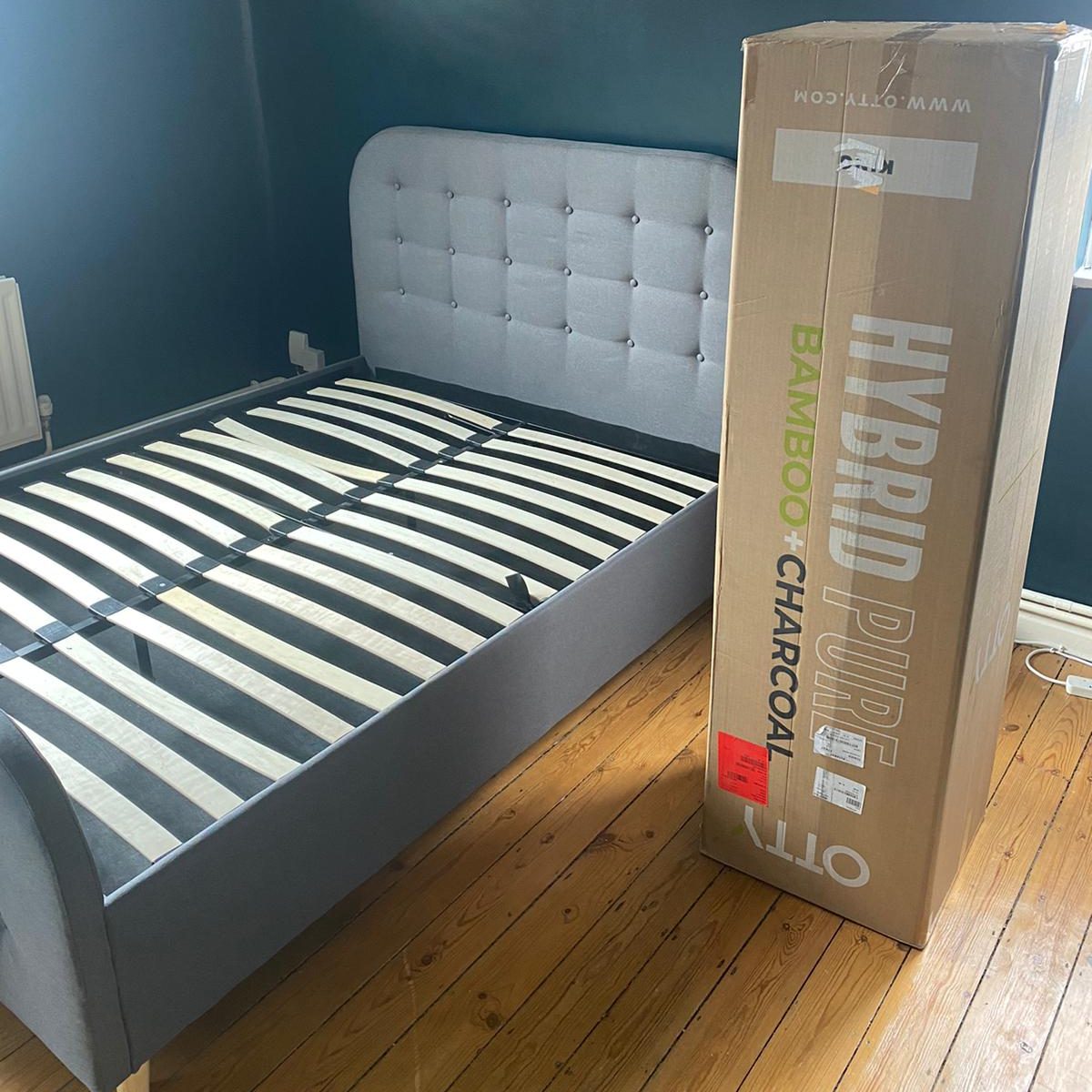

To assess each mattress's delivery process, we note what the delivery options are. Some mattresses may be delivered to the doorstep only, others to your room of choice, or there may be the option of 'white glove' delivery. Ideally, we like a mattress to be available with all three delivery options so each customer can choose the appropriate delivery service for them.
We'll also tell you whether the mattress is delivered rolled, as a mattress-in-a-box, or flat, as this can affect how easy delivery is for those with awkward access requirements. And we note any mattress off-gassing when the mattress is removed from its packaging.



Where possible, we also research third-party customer reviews of each mattress we test, including the brand's rating on Trustpilot. We summarise any common themes we find in reviews, both positive and negative, and note whether these are in line with our experience of the product.
This helps us to assess things such as longevity, which we're not initially able to test during the review period. However, where possible, we do update our mattress reviews over time to share how the mattress is responding to daily use.

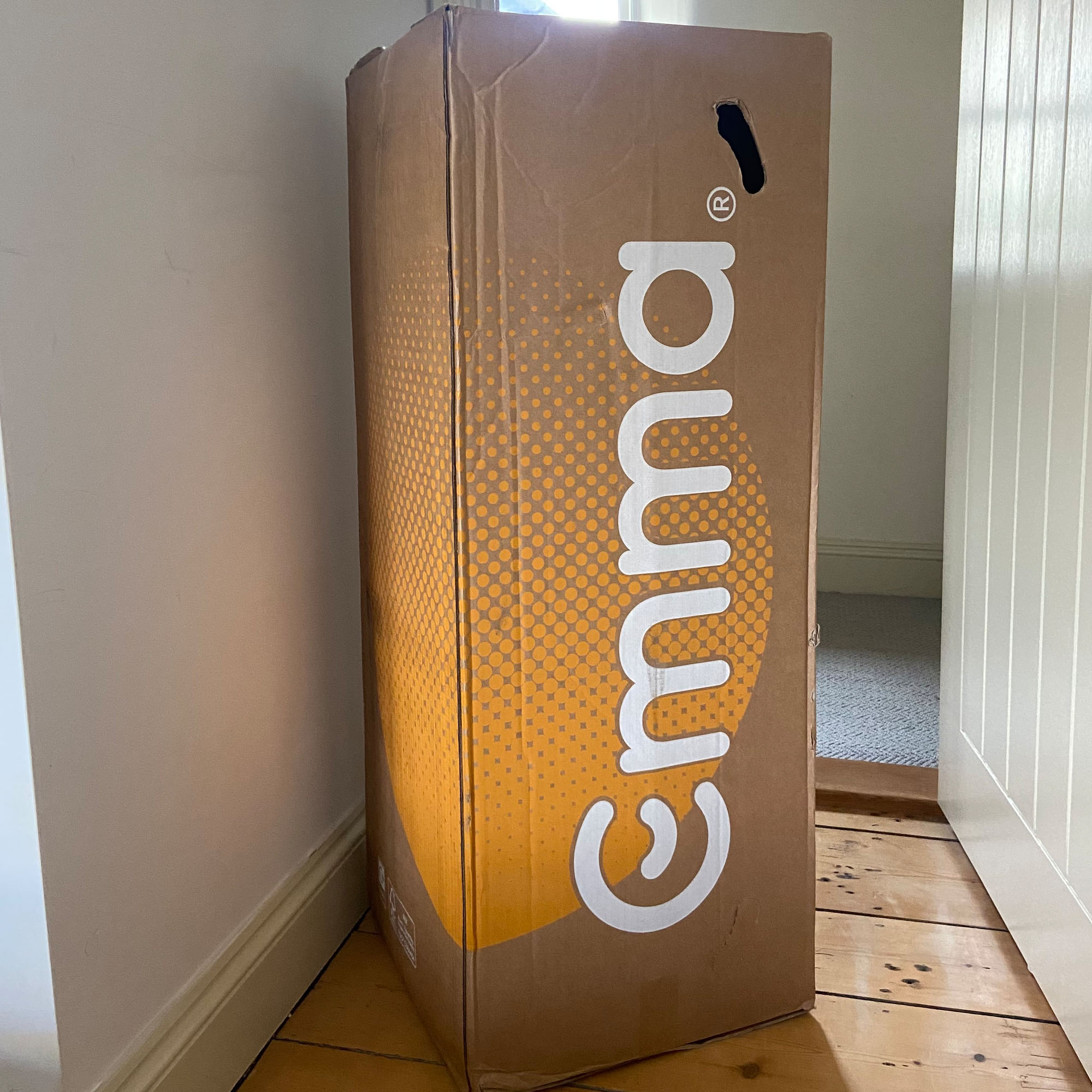

We assess the mattress's value for money by comparing it to similar products we've tested. We let you know if we think the pricing is fair, or if there are better-value deals to be had.
We also alert you to any mattress deals we're aware of on the mattress to make sure you can find the best prices to shop.

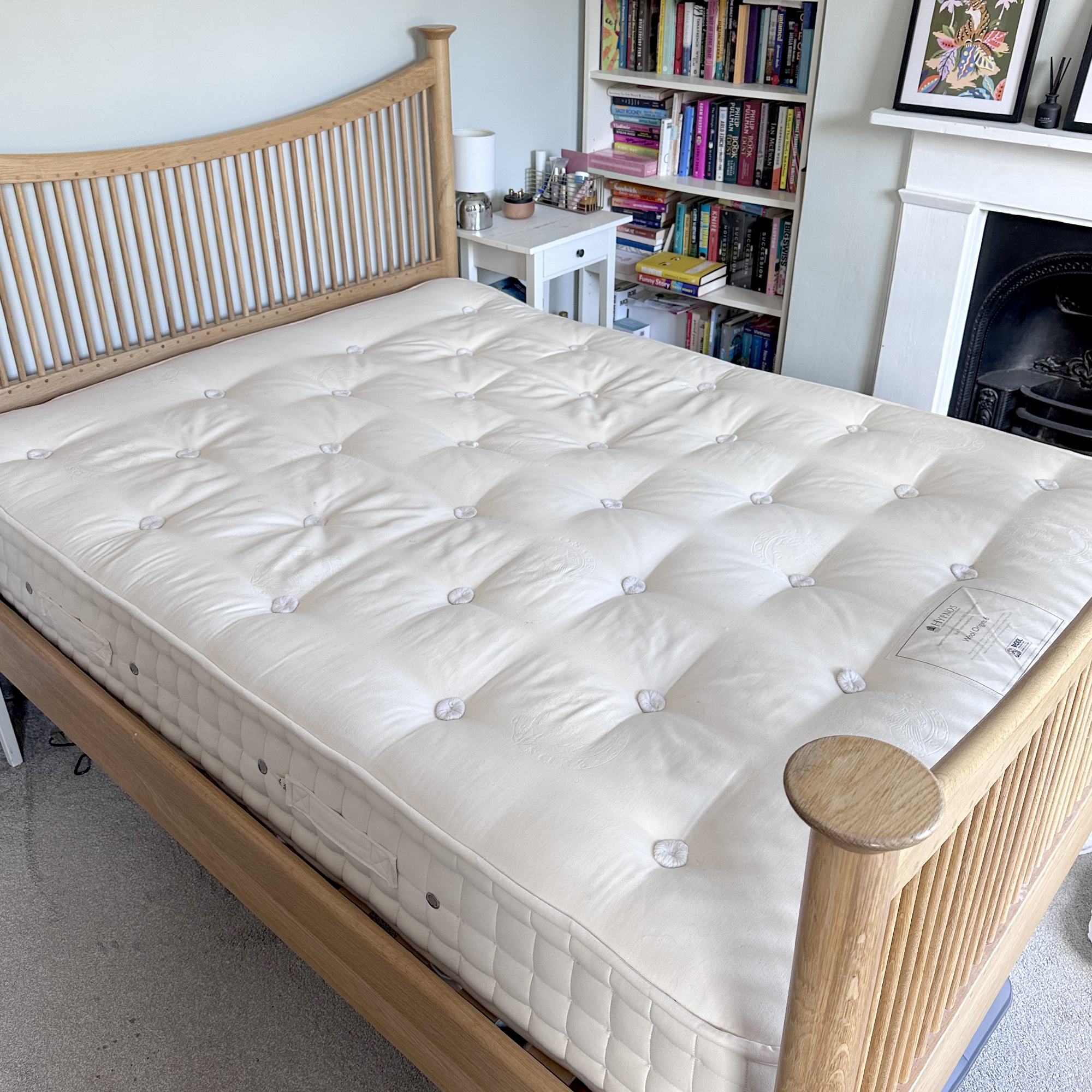

Although the true environmental costs of a product can be difficult to measure, we think it's important to highlight those brands that are working towards lowering their environmental impact.
That could be by prioritising natural or recycled materials in the mattress' manufacture, sourcing materials or manufacturing within the UK to lower carbon footprint, offering a mattress recycling service or taking responsibilty for circular design in which each component of the mattress can be repurposed.
Our mattress Certified Expert
Our Certified Experts are members of the team who have developed specialist knowledge in their subject area. They have hands-on, practical experience with industry-leading products, regularly conduct product testing, and have conducted research into each product category they review.
Each Certified Expert must complete a five-stage process to gain this accreditation, involving the following stages:
1. Testing Our Certified Experts have hands-on experience testing the bestselling and highest-rated products on the market. This then becomes the benchmark against which other products are reviewed and judged.
2. Product research Our experts immerse themselves in each product category, learning everything there is to know about the product, from how it's made, to its biggest pros and cons.
3. Behind the scenes As well as hands-on product testing in a home environment, our Certified Experts have also gained insider knowledge on the products they test. This might be through factory visits, showroom tours, or comparison testing days at our testing facility.
4. Industry knowledge Our experts know the nitty-gritty of each product category. They regularly speak with industry experts such as product developers and retailers, they know the market leaders and the growing trends within the industry. They are non-biased and able to formulate an honest judgement about the USPs offered by different products on the market.
5. Wider opinions Our experts don't just rely on their own knowledge, they also seek input from the wider team and carefully research customer product reviews to gauge wider product satisfaction, noting and investigating any regularly occurring customer feedback.

I'm Amy, Ideal Home's Sleep Editor and Certified Expert for mattresses. I regularly test out market-leading mattresses, attend trade shows, conduct store visits, and commission reviews of the latest mattress launches.
Alongside myself, these are a few members of our mattress review team.

Zoë is an interiors writer who specialises in sleep content. She's written for The Independent, The Evening Standard, Sunday Times Style, and regularly writes about all things sleep for Ideal Home, including testing mattresses.

Rachel is a 44-year-old mother and freelance reviewer who tests out affordable mattresses for Ideal Home to find the best budget-friendly buys.

Molly is one of the Ideal Home team's Content Editors and Certified Experts. Her and her partner (a self-certified hot sleeper) have tested out multiple Emma mattresses for this guide.

Rachael is a freelance journalist who has been writing about home, tech, and sleep-related content for the likes of Tom’s Guide, Creative Bloq, Independent, and more, for the past 15 years. She regularly reviews mattresses and sleep products for the Ideal Home team.

Jen is a mother of two who has 10 years of experience as an editor and product reviewer specialising in home appliances, smart tech, and mattresses. Her and her 3-year-old daughter test out childrens' mattress for the Ideal Home team.
You'll find full details of the Ideal Home review process on our how we test page, including how we put air fryers, vacuum cleaners, BBQs, pizza ovens, and a whole host more products through their paces to bring you our top recommendations.
Sign up to our newsletter for style inspiration, real homes, project and garden advice and shopping know-how

Amy is Ideal Home’s Sleep Editor and the Ideal Home Certified Expert on Sleep. She's spent the last four years researching and writing about what makes for the best night’s sleep during the day and testing out sleep products to find the best-in-class by night. So far she’s clocked up over 10,000 hours of pillow, duvet, and mattress testing experience.
Our go-to for all things sleep-related, she’s slept on and under bestselling products from Simba, Emma, Hypnos, Tempur, Silentnight, Panda, and many many more.
As a hot sleeper, Amy is always on the lookout for the most breathable bedding, but she also leads a wider team of testers to ensure our product testing encompasses both hot sleepers, cold sleepers, front sleepers, back sleepers, side sleepers, and everything in-between.